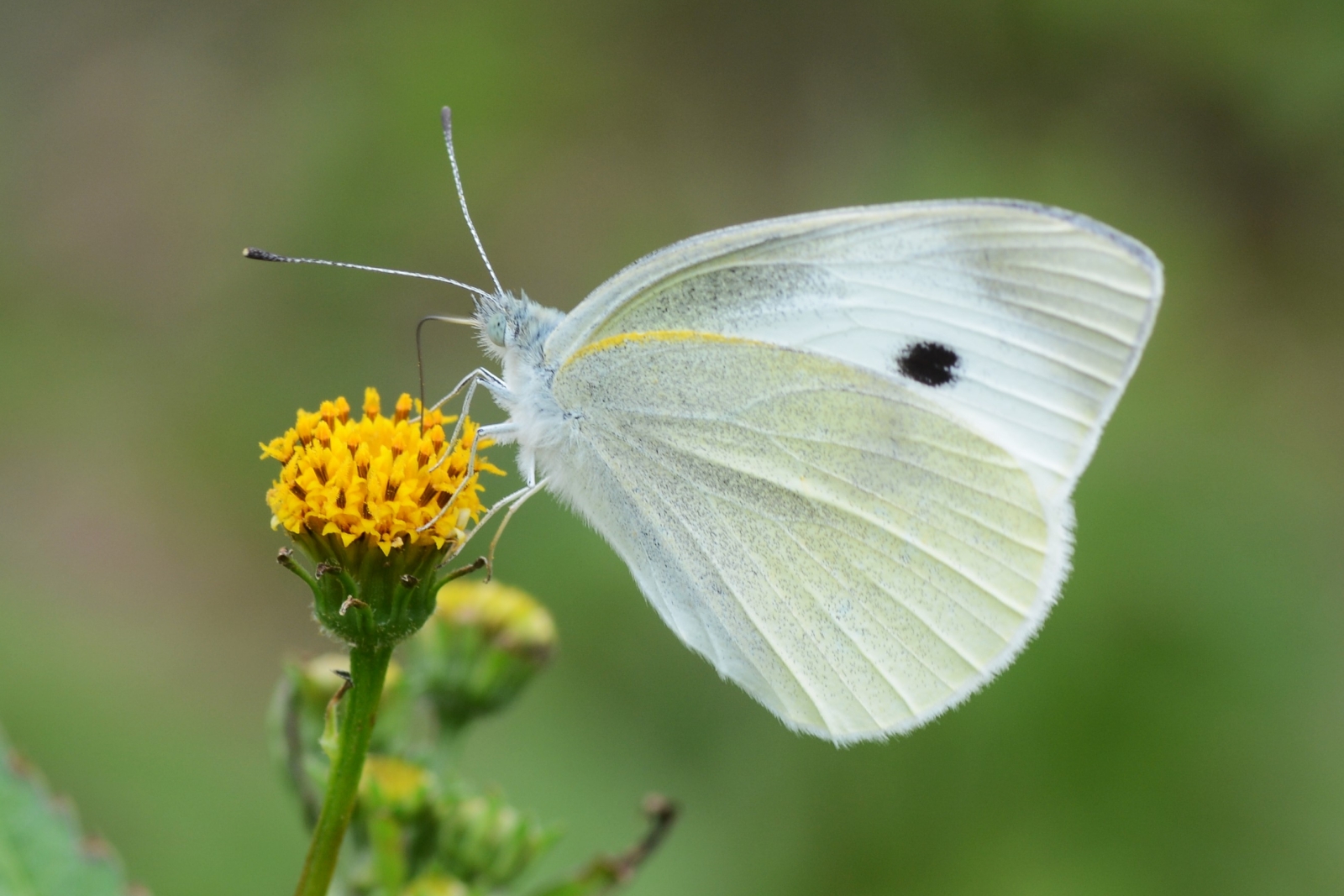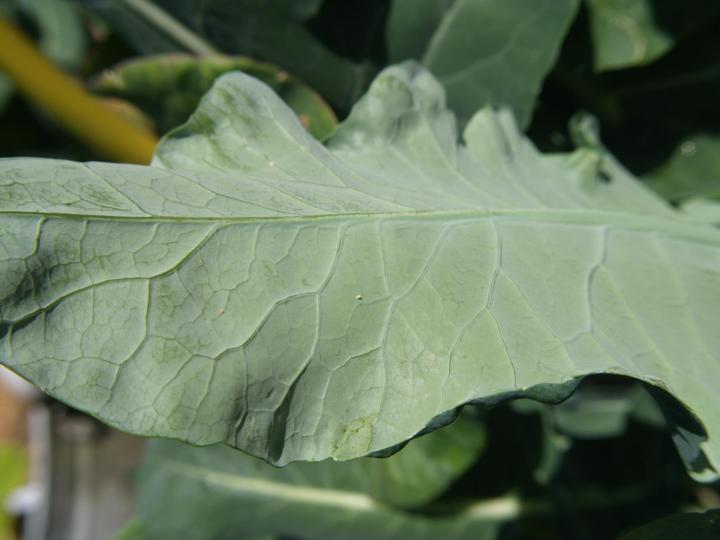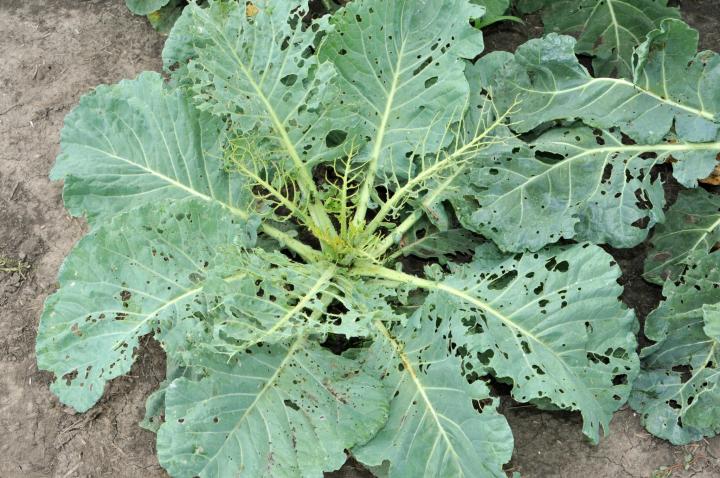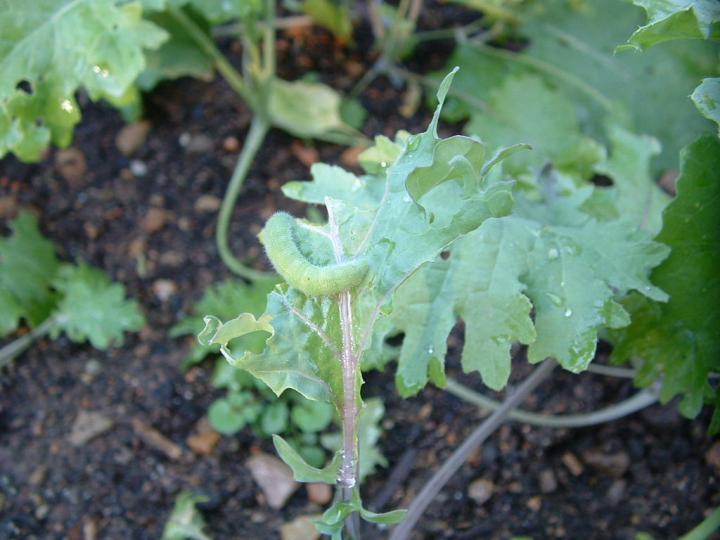
The cabbage worm, which is the caterpillar of the cabbage white butterfly, can be a dangerous pest in your garden.
Prevent a Cabbage Worm Infestation in Your Garden!
ADVERTISEMENT
who is the author of this?
The editorial team at the Almanac works on and updates all plant and pest pages.
These worms look something like cabbage worms. Each year after my petunias bloom, these worms eat the blossoms and destroy the flower.
I was deadheading my petunias and found these green worms also enjoying the plants.. I removed the ones I found by hand.. How do I treat my petunias from further infestation?
Today I noticed increasing holes in my cabbage leaves so I dug apart one of the heads that are forming and found Tablespoon size globs of poop or eggs, or both in each layer of my cabbage heads with worms all over the place. Every plant is the same way. I am tempted to just pull them and forget it for this year, but is there something that I can do other than scrap the whole crop?
It sounds like you might have an infestation of imported cabbageworms, although other worms may also attack cabbage, such as cabbage loopers. Imported cabbageworm is a green caterpillar with a faint yellow stripe down its back (see the top photo above); eggs are yellow, laid under leaves; you can often see the poop left on the leaves. Cabbage loopers are green with 2 white or yellow lines down their back, and move sort of like an inchworm; eggs are light green; you may notice cocoons in leaves. For caterpillar control, you might try some of the methods suggested in the above article. If you have a small garden, handpicking is the most effective. For heavy infestations, however, you might try spraying BTK (Bacillus thuringiensis var. kurstaki) according to manufacturer’s directions. Row covers help prevent the adult white butterfly from laying eggs on the leaves, but of course it won’t help control the pests already there. Remove weeds around the garden, especially from the mustard family. Good luck!
Apparrently they also like petunias... specifically my night sky petunias.
what types of pesticide can we use for the major pest control on the cabbage...if we want to kill the moths and worms instantly within 1-2 days...chemical pesticide.If we get 2-3 names of the pesticedes the we will be very helpfull.
thank you
Stay away from poisons, they kill honeybees and our survival is dependent on them. It also kills the soil organisms that provide the nutrients you are going for when eating the food in the first place. Your food will taste tremendously better and your body will notice the difference.
I use the cornmeal method along with garlic powder, it does help considerably. You just reapply after a rain.
It is rather difficult to target pests like moths and caterpillars specifically, because most pesticides will also harm beneficial insects (like bees). However, since crops like cabbages don’t need to be pollinated, you have more options. We would recommend using a natural pesticide, like Bacillus thuringiensis (Bt) or Neem Oil, but if those are not available, a synthetic pesticide containing permethrin could be used.













